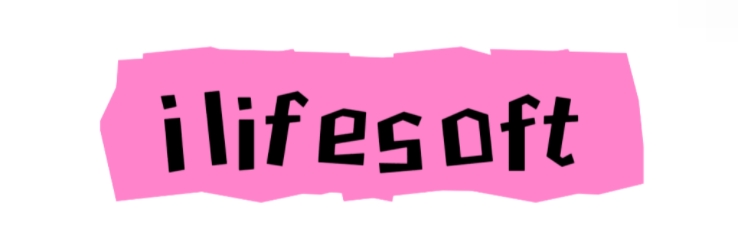Weft Knit vs Warp Knit: Key Differences Explained 2024
Link to Manywell
# Weft Knit vs Warp Knit: Key Differences Explained 2024.
When it comes to knitted fabrics, understanding the differences between weft knit vs warp knit is crucial for anyone interested in textile design or garment manufacturing. Both types of knitting offer unique qualities and applications, making them suitable for various projects. In this post, we’ll delve into the specifics of each knitting method and highlight their key differences.
## Understanding Knitting Techniques.
### What is Weft Knitting?
Weft knitting involves knitting yarn horizontally across the fabric. This can be done using hand knitting techniques or machine knitting. .
#### Key Features of Weft Knitting:
- **Direction of Stitch Formation:** Stitches are created in rows from one side to the other.
- **Common Fabrics Produced:** Jerseys, ribs, and purl fabrics.
- **Stretchability:** Generally more elastic and stretchy, making it ideal for fitted garments like t-shirts and sweaters.
- **Production Speed:** Relatively fast to produce, suitable for high-volume manufacturing.
### What is Warp Knitting?
Warp knitting, on the other hand, is characterized by the vertical arrangement of yarns. In this method, multiple yarns are used simultaneously, and they run parallel to the length of the fabric.
#### Key Features of Warp Knitting:
- **Direction of Stitch Formation:** Stitches are formed vertically, which adds strength and durability.
- **Common Fabrics Produced:** Lace, tricot, and raschel fabrics.
- **Stretchability:** Generally less stretchable compared to weft knit, offering a more stable structure.
- **Production Speed:** Tends to be slower, but can produce more complex patterns.
## Weft Knit vs Warp Knit: Key Differences.
| Feature | Weft Knit | Warp Knit |.
|--------------------------|-----------------------------|-----------------------------|.
| Stitch Direction | Horizontal | Vertical |.
| Fabric Stretchability | High | Low |.
| Common Uses | T-shirts, sweaters | Lingerie, lace, technical fabrics |.
| Production Speed | Faster | Slower |.
| Complexity of Patterns | Simpler designs | More complex designs |.
| Stability | More prone to unraveling | More stable and durable |.
### Advantages and Disadvantages.
#### Weft Knit Advantages:
- **Comfort:** Soft and flexible, great for casual wear.
- **Versatility:** Suitable for a wide range of garments.
#### Weft Knit Disadvantages:
- **Durability:** May not withstand heavy wear compared to warp knitted fabrics.
#### Warp Knit Advantages:
- **Durability:** Stronger and more resilient against stretching.
- **Complex Patterns:** Capable of creating intricate designs.
#### Warp Knit Disadvantages:
- **Comfort:** Less flexibility can make it less comfortable for specific clothing items.
- **Production Cost:** Often more expensive due to complexity in production.
## Common Confusions and Practical Solutions.
- **Choosing the Right Fabric:** When selecting fabric for a garment, consider the intended use. If flexibility and comfort are priorities, opt for weft knit. For durability and strength, warp knit is your best bet.
.
- **Repairing Knitted Fabrics:** When dealing with weft knitted fabrics, keep in mind that if they unravel, they can be challenging to repair. Utilize lock stitch techniques to secure seams. In warp knitted fabrics, repairs can often be done simply because of their stability.
- **Understanding Stretch:** To avoid sagging in garments made from weft knit, incorporate ribbing or adding elastic for fit. In warp knit, allow for some ease in patterns to maintain comfort without compromising stability.
## Conclusion.
The debate of weft knit vs warp knit continues to be relevant in the fashion industry as designers choose the appropriate method for their projects. Understanding the differences, advantages, and applications of each knitting style will help you make informed decisions whether you are a designer, manufacturer, or hobbyist. Whether you gravitate towards the comfort of weft knits or the durability of warp knits, each has its unique place in the world of textiles. .
For more insights on knitting techniques, consider subscribing to our blog for updates on the latest in fabric technology and design trends!
95
0
0

Comments
All Comments (0)